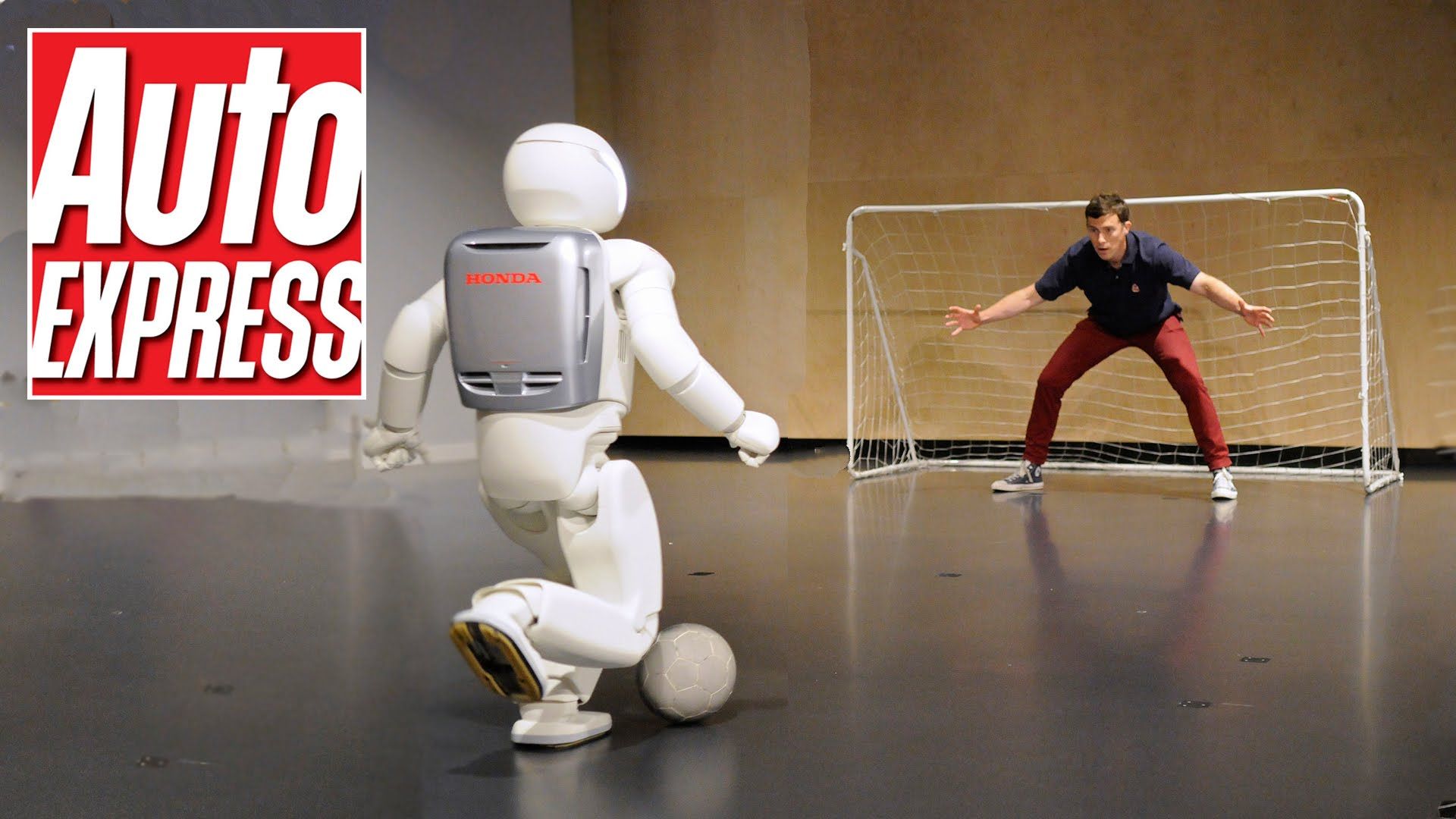Aug 31, 2015
Seasteading 20 Questions, 20 Answers, 20 Seconds Each = PechaKucha! | The Seasteading Institute
Posted by Odette Bohr Dienel in category: governance

Tags: Aquapreneurs, Seasteading

Auto Express’ Mat Watson meets Honda’s robot Asimo in Brussels, where he plays football, dances and serves a drink!
Dr. Nils J. Nilsson spent almost a lifetime in the field of Artificial Intelligence (AI) before writing and publishing his book, The Quest for Artificial Intelligence (2009). I recently had the opportunity to speak with the former Stanford computer science professor, now retired at the age of 82, and reflect on the earlier accomplishments that have led to some of the current trends in AI, as well as the serious economic and security considerations that need to be made about AI as society moves ahead in the coming decades.
One key contribution of early AI developments included rules-based expert systems, such as MYCIN, which was developed in the mid-1970s by Ted Shortliffe and colleagues at Stanford University. The information built into the diagnostic system was gleaned from medical diagnosticians, and the system would then ask questions based on that information. A person could then type in answers about a patient’s tests, symptoms, etc., and the program would then attempt to diagnose diseases and prescribe therapy.
“Bringing us more up to the future was the occurrence of huge databases (in the 1990s) — sometimes called big data — and the ability of computers to mine that data and find information and make inferences,” remarks Nils. This made possible the new work on face recognition, speech recognition, and language translation. “AI really had what might be called a take off at this time.” Both of these technologies also feed into the launch of IBM’s Watson Healthcare, which combines advanced rules-based systems with big data capabilities and promises to give healthcare providers access to powerful tools in a cloud-based data sharing hub.
Work in neural networks, another catalyst, went through two phases, an earlier phase in the 1950s and 1960s and a latter phase in the 1980s and 1990s. “The second phase (of neural networks) allowed…people to make changes in the connected strength in those networks and multiple layers, and this allowed neural networks that can steer and drive automobiles.” More primitive networks led to the cutting-edge work being done by today’s scientists in the self-driven automobile industry via companies like Tesla and Google.
Continue reading “AI Dangerous for Economics? The Other Threat Flying Under Radars” »
Our interstellar challenge is, how do we as a planet confined humans, become an interstellar species? This encompasses all human endeavors, and is vitally dependent upon interstellar propulsion physics to realize our coming of age as an interstellar species.
There are so many competing ideas on how to realize interstellar propulsion. These include chemical rockets, ion propulsion, nuclear engines, solar sails, atomic bomb pulse detonation, antimatter drives, small black holes, warp drives and much more.
How do we sift through all these competing ideas?
For his objectivity and courage in stating that mathematics has become so sophisticated that it can now be used to prove anything, I have named the approach to solving this interstellar challenge the Kline Directive, in honor of the late Prof. Morris Kline.

Castrol Edge & Video Games technologies: Racing a Real Car in Virtual Reality.
Castrol EDGE has premiered its latest Titanium Trial driving challenge, featuring Formula Drift professional Matt Powers driving his Roush Stage 3 Mustang whilst wearing a state-of-the-art Oculus Rift Development Kit 2 headset: blind to the real world around him, but fully-immersed in a rapidly changing 3D virtual world.
Continue reading “Racing Real Car in Virtual Reality — Castrol Edge & Video Games tech” »
A viral video about a new app looks like a dream come true for anyone who struggles with math.
Based on the promo clip, PhotoMath, dubbed a “smart camera calculator,” appears to use smartphone cameras to scan a photo of a math equation in a textbook and display the answer instantly — similar to apps that scan barcodes and takes users to a link in a web browser. It looks like the app can also show step-by-step instructions for solving the problem.
PhotoMath’s parent company MicroBLINK launched the app this week at TechCrunch Disrupt Europe in London, TechCrunch reports. It is available in the App Store on iTunes.
Legendary Internet entrepreneur Joe Firmage is back, and he plans to turn the Internet upside down. Again.
He did it once before with USWeb in the 90s, designing and building Internet sites, intranets, and applications for more than half the Fortune 100 and thousands of startups.
Now his new venture — 15 years and tens of millions in the making — called ManyOne, plans to do the same for a public (and for businesses of any size) dazed by the complexities of setting up websites. And worse, mystified about getting page rank on search engines — and even worse, creating their own successful apps.
Continue reading “Joe Firmage’s radical plan to simplify the Internet, Part 1” »
Ten years after the project was conceived, the German Aerospace Centre’s SpaceLiner could soon enter a new design phase with a “mission definition review” planned for 2016.
The idea is to produce a two-stage, reusable hypersonic space vehicle that could transport 50 passengers from Europe to Australia in 90 minutes.
Leonid Bussler of the German Aerospace Centre’s Space Launch Systems Analysis (SART) group says the project is currently in “Phase Zero,” where the range of vehicle concepts are narrowed down to a single, baseline configuration through wind tunnel testing and performance trade-offs.
MIRI is a research nonprofit specializing in a poorly-explored set of problems in theoretical computer science. GiveDirectly is a cash transfer service that gives money to poor households in East Africa. What kind of conference would bring together representatives from such disparate organizations — alongside policy analysts, philanthropists, philosophers, and many more?
Effective Altruism Global, which is beginning its Oxford session in a few hours, is that kind of conference. Effective altruism (EA) is a diverse community of do-gooders with a common interest in bringing the tools of science to bear on the world’s biggest problems. EA organizations like GiveDirectly, the Centre for Effective Altruism, and the charity evaluator GiveWell have made a big splash by calling for new standards of transparency and humanitarian impact in the nonprofit sector.
What is MIRI’s connection to effective altruism? In what sense is safety research in artificial intelligence “altruism,” and why do we assign a high probability to this being a critically important area of computer science in the coming decades? I’ll give quick answers to each of those questions below.
